
Let's start a Lighter Lifestyle with
Choshi's Fish!

Let's start a Lighter Lifestyle with
Choshi's Fish!
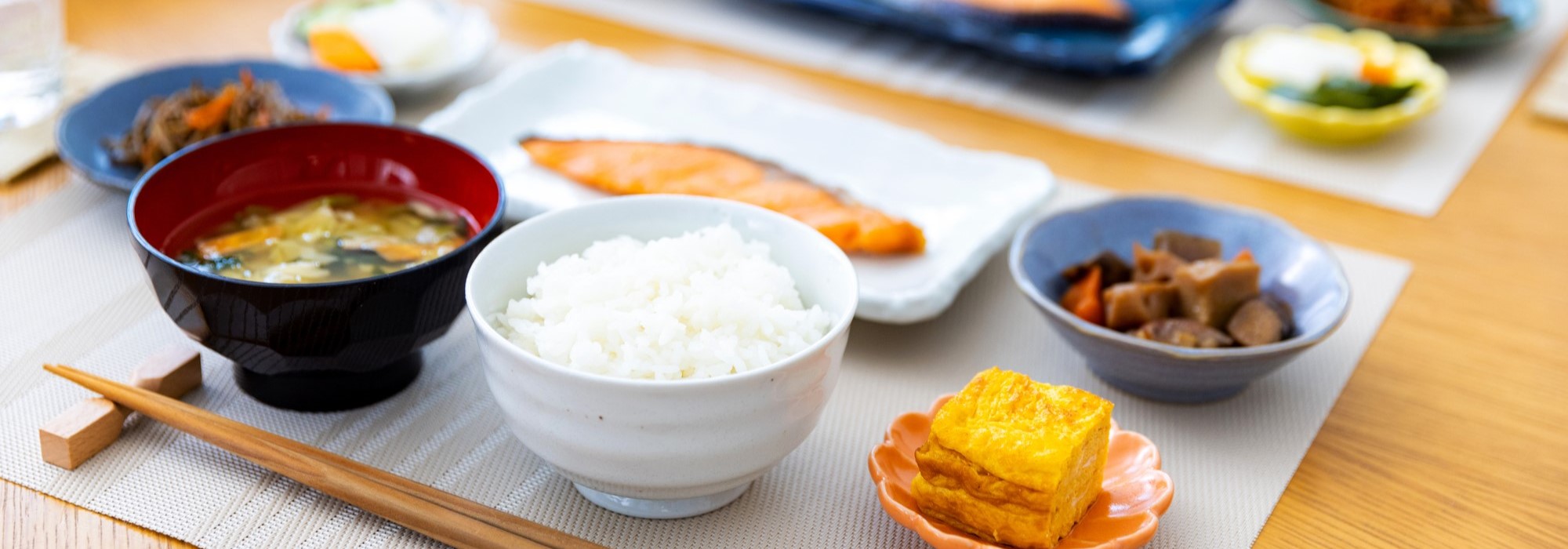
Starting Today
We emit 1.4 tons of CO2 annually just from our food consumption*¹.
This figure includes emission by producing, processing, packaging, and transporting food; not only by cooking at home.
CO2 emission figures “footprint” from raw material to your table.
We believe that including fish in our daily diet to lighten the “footprint” will help lighten the impact on the environment. Eating fish also have benefits on your health. “Light diet” make you feel lighter.
*1:Institute for Global Environmental Strategies「1.5-Degree Lifestyles - Targets and Options for Reducing Lifestyle Carbon Footprints」(https://www.iges.or.jp/jp/pub/15-lifestyles/ja)
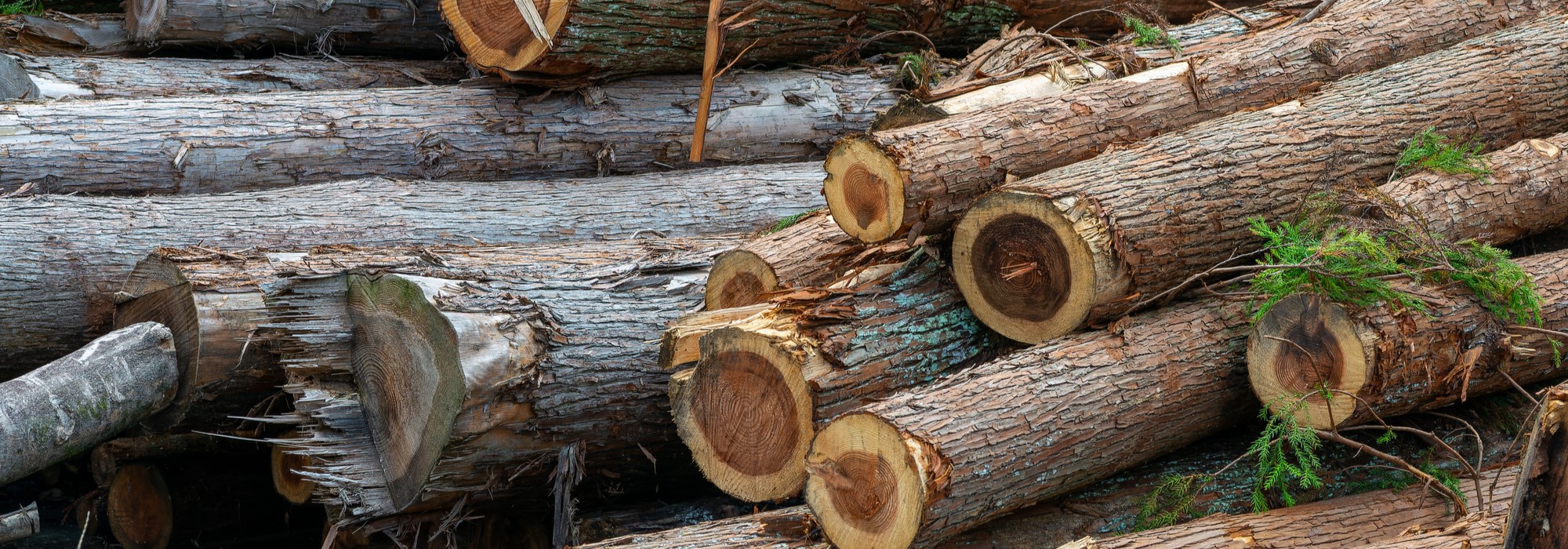
A carbon footprint is the total amount of carbon dioxide and other greenhouse gases emitted directly or indirectly through our daily activities. This metric helps us to understand more deeply how our lifestyles impact the environment, particularly in terms of global warming.
Research indicates that the average annual CO2 emissions per person amount to approximately 7.6 tons.*¹。 Of this, the CO2 emissions related to food are estimated to be about 1.4 tons annually, accounting for approximately 20% of the total emissions from food consumption.

TOur food-related emissions are equivalent to the amount of CO2 absorbed by 1,600 square meters of mature cedar forest (40 meters squared).*² Compensating for the emissions caused by our food consumption requires considerable effort.

The CO2 emissions from meat are significantly higher than average when compared per unit volume. As illustrated in the figure below, thenatural fish caught in Choshi, Japan, have a carbon footprint that is half that of general fish consumption, which is equivalent to that of cereals.
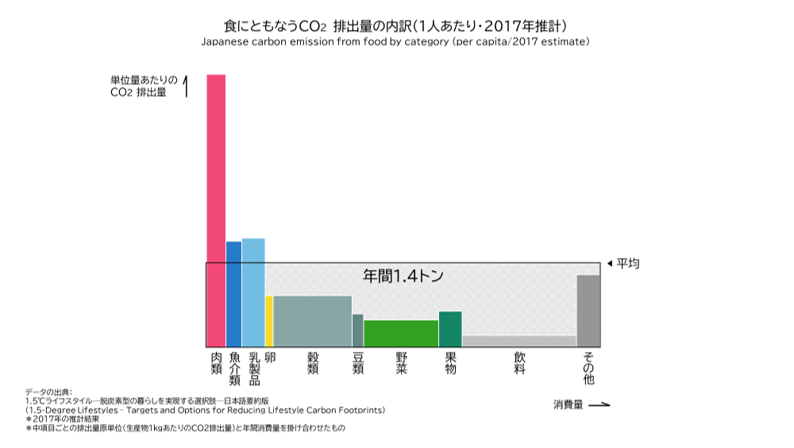
A carbon footprint associated with daily meals refers to the total emissions of carbon dioxide and other greenhouse gases generated throughout the entire process of food production, processing, transportation, consumption, and disposal.
When we calculated the carbon footprint of Choshi's fish, we found that per kilogram of the product, the carbon footprint was 1.91 kg for fresh fish, 4.95 kg for miso stew, and 2.36 kg for salted mackerel. The carbon footprint of food products varies greatly depending on the raw materials. However, fish from Choshi, which do not require feed and are caught in local seas, can be said to have a smaller environmental impact compared to meat raised on land or farmed fish.

Source of Data:
*1:Institute for Global Environmental Strategies「1.5-Degree Lifestyles - Targets and Options for Reducing Lifestyle Carbon Footprints」(https://www.iges.or.jp/jp/pub/15-lifestyles/ja)
*2:Forestry Agency Website(https://www.rinya.maff.go.jp/j/sin_riyou/ondanka/20141113_topics2_2.html)
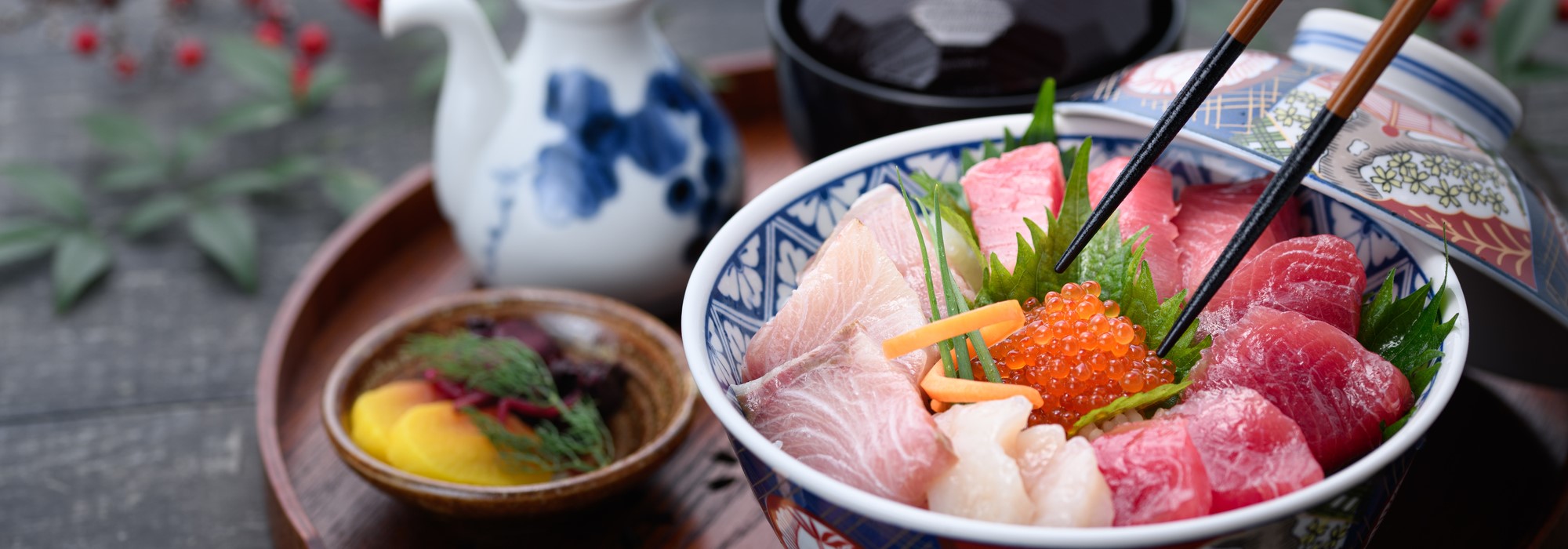
Let's Learn!
We have examined the carbon footprint of seven menus using fish. Please consider this for your future meals. Tap on the scrolling image below for detailed information.
Let's start!

How about opting for foods with lower CO2 emissions, similar to how you choose public transportation or energy-efficient appliances? We'll share some actions you can take in your everyday life.
Reference:Ministry of the Environment「サステナブルで健康な食生活の提案」https://www.env.go.jp/content/900442196.pdf
The carbon footprint varies significantly depending on the food ingredients.Why not incorporate lighter ingredients into your diet while also paying attention to nutritional balance?

Vegetables and fruits that are grown out of season may consume a lot of energy during cultivation. The same ingredients are often said to be more nutritious during their peak season, and incorporating seasonal ingredients can be beneficial for your health.

Not only the ingredients themselves but also packaging materials emit CO2 from production to disposal. Let's try choosing minimal packaging or recyclable packaging.

Let's try to reduce the electricity and gas used in cooking. You can infuse flavors using residual heat, incorporate natural thawing methods, and save on your wallet while cooking.

CO2 emissions from food waste account for 10% of the total CO2 emissions from food*³. By reducing the parts we discard and buying only what we can consume, we can prevent food waste. Additionally, Choshi's seafood processing companies are actively working on the efficient use of waste materials, such as using inedible parts like heads and tails as feed for farmed fish.
*3:IPCC, Special Report on Climate Change and Land.(https://www.ipcc.ch/srccl/chapter/chapter-5/)
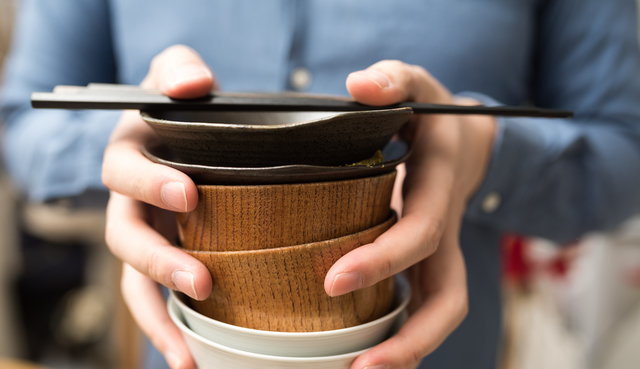

At the Choshi City Fisheries Processing Cooperative, we are committed to sustainable fishing practices that coexist with nature. Our members actively promote environmentally conscious activities, aiming to provide high-quality seafood through environmentally friendly methods. Let's work together to build a healthy and sustainable future.